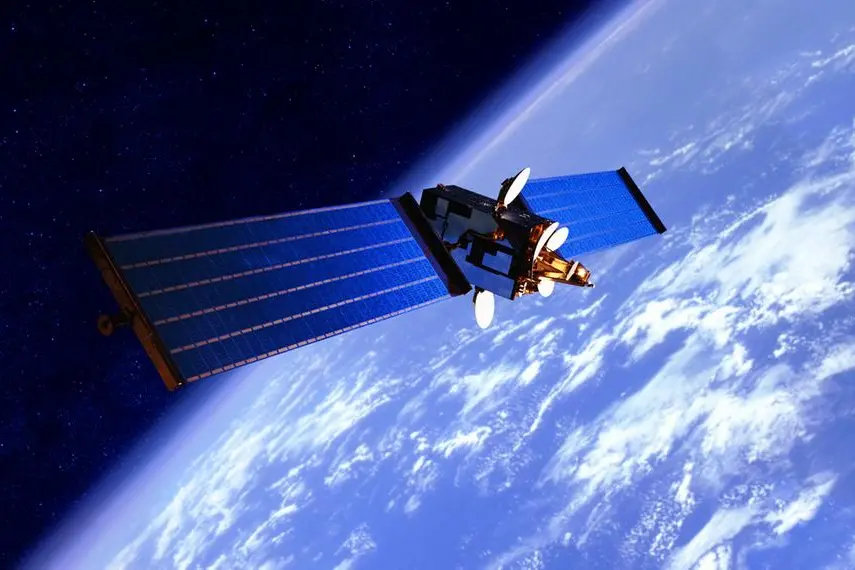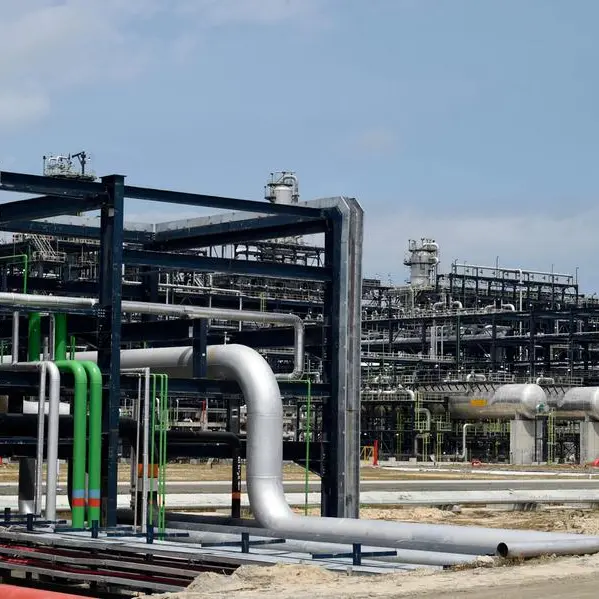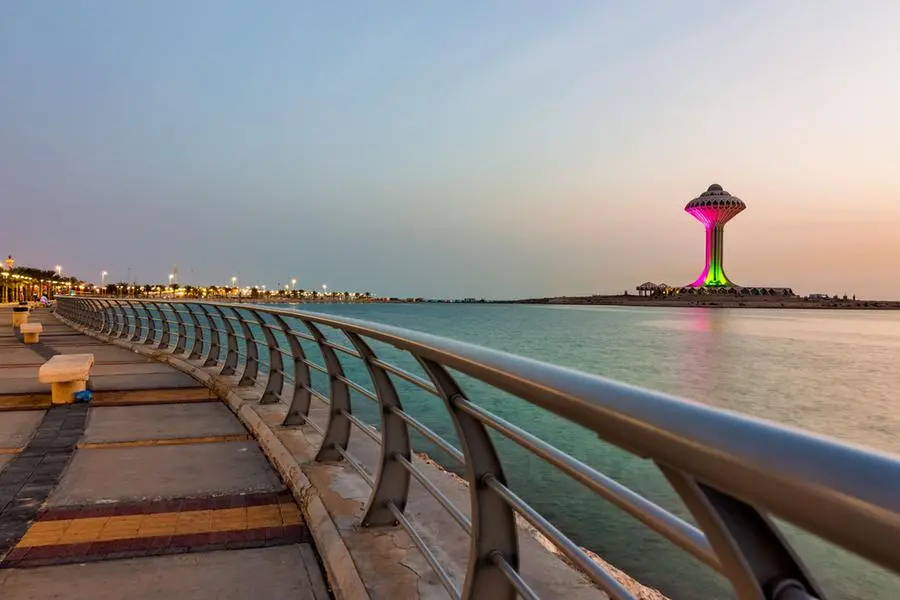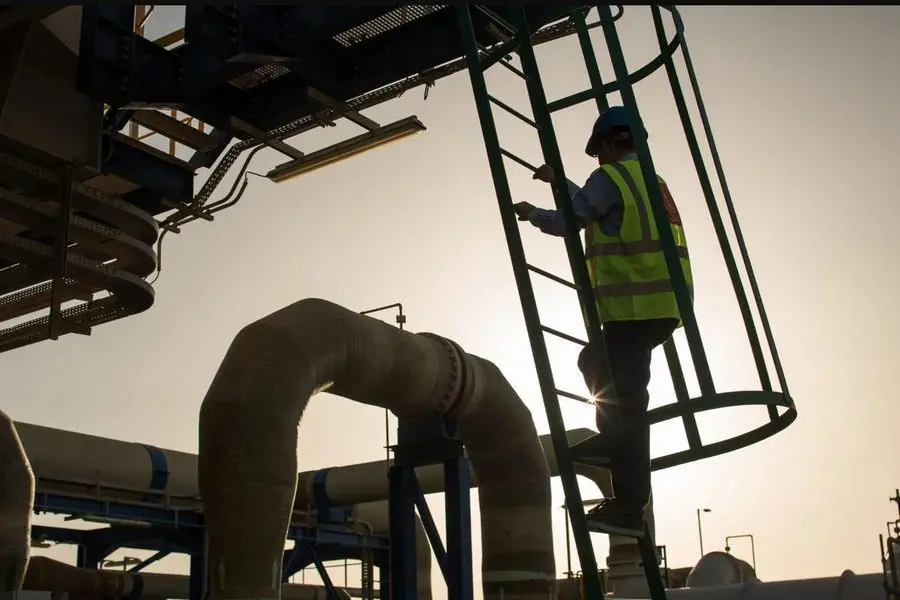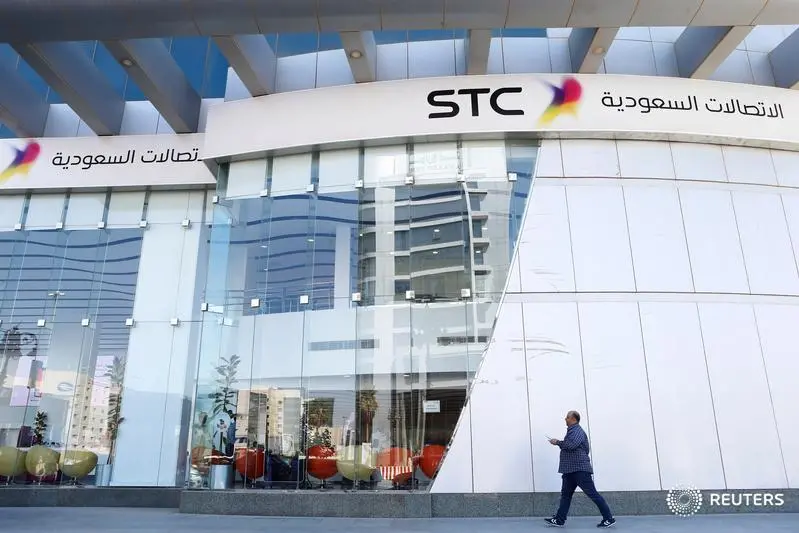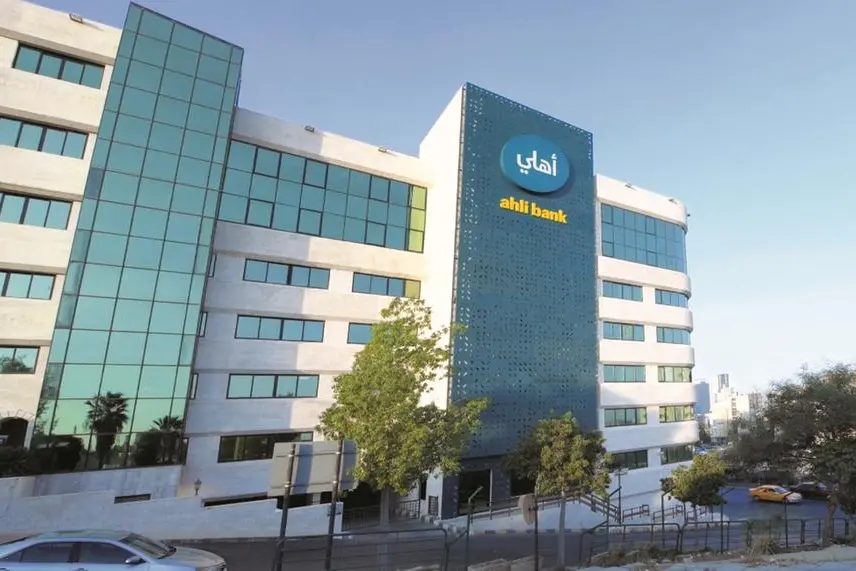PHOTO
East African countries are ramping up efforts to have their own satellites in space to gather country-specific information on weather, climate change and security.
Kenya is the latest entrant in the league of 13 African nations that have so far sent at least one operational satellite to space, coming after Rwanda and Uganda which launched their first working satellites in 2019 and 2022 respectively.
With the launch of the Taifa-1 satellite, Kenya hopes to improve surveillance of its territory from outer space and to better monitor weather trends and environmental developments. This will inform appropriate preparation, interventions and sound agricultural policies.“The successful launch and operation of the satellite will not only demonstrate Kenya’s technical capacity but also provide valuable data and information for various applications,” said a joint statement by Kenya’s Ministry of Defence and the Kenya Space Agency released on April 4.
Taifa-1, which cost about $373,000, is the first in a planned constellation of small earth observation satellites with subsequent systems expected to be of a higher capability. The next one is set to be deployed in the next three to five years.
But as Kenya joins the race to advance space technology, Rwanda and Uganda have no success tales yet of their satellites several months after deployment, raising questions on the viability of the region’s space projects.
According to Uganda’s Ministry of Science and Technology, the PearlAfricaSat-1 satellite deployed last November is yet to be fully operational due to incomplete setup and delays in construction of an earth station for command, control and management of the satellite.“We are supposed to develop other systems on the ground to facilitate the satellite that we launched, and we are in the process of doing so,” Bonny Omara, the project’s lead engineer, told journalists in a recent interview.
Uganda’s Science and Technology Minister Monica Musenero said the satellite was meant to provide research and observation data for solutions in weather forecast, border security, agriculture monitoring, land, water bodies, infrastructure planning, disaster prevention and mineral mapping – but it still can’t do all these.
Rwanda satellitesRwanda’s first satellite Icyerekezo (Vision) that launched in February 2019, was meant to provide internet access to rural schools. However, it is yet to deliver on this promise three years later.
Rwandan engineers in partnership with Japanese scientists from Tokyo University launched the RwaSat-1 in December 2019, which was meant to be part of two satellite constellations to be deployed within three years. It cost $200,000. While little is known about how RwaSat-1 has performed so far, the Rwanda Space Agency (RSA) last year announced it has submitted a request to the International Telecommunications Union to buy two space crafts to form the constellation of about 327,320 satellites.
RSA Chief Executive Francis Ngabo said their plan is an indicator that Rwanda is ready to use space services for the socioeconomic development of the country.“And, secondly, it’s a signal that we are sending to the business sector or the space sector that we are ready for investment in the space sector, space communication and space services in general,” Ngabo said.
Dar is yet to launch any satellite to space but is in the process of developing the Tanzanian Remote Sensing Satellite (TRSS), which is a series of earth observation satellites meant to provide data on a variety of applications.
Kenya optimismDespite the little success of the satellites already launched by Uganda and Rwanda, Kenya has confidence that Taifa-1 and subsequent satellites in the constellation will achieve targeted results.
Rose Njogu, project lead at Nairobi-based space technology firm Sayari Labs, which collaborated with KSA in the development of Taifa-1, told The EastAfrican that unless an unforeseen disaster befalls the satellite, it will achieve its mission without fail.“We have done extensive design and development to ensure it works, because being the first one, it has to work to build confidence in people and even the government to commit to this project,” she said.“The success of Taifa-1 may not however be felt immediately as its primary task is to collect data that will only be useful in the long term. It will also help develop Kenya’s technical capacity in space technology,” KSA said.
But why are countries in the region investing millions in space technology and deployment of satellites when there are other cheaper ways of getting similar data? East African countries have, for example, been buying satellite data from other institutions like SpaceX and the National Aeronautics and Space Administration (NASA). Why the shift?“The problem with buying the data is that it limits how much you can control what you get. For example, the data we get is dominantly provided by the West, which means that it’s only what they’d have you know,” said Njogu.“Sometimes the data is not up to date, but you just have to take it. But now that we can generate the data ourselves, we can control what we get and when get it. That gives us flexibility.” © Copyright 2022 Nation Media Group. All Rights Reserved. Provided by SyndiGate Media Inc. (Syndigate.info).
